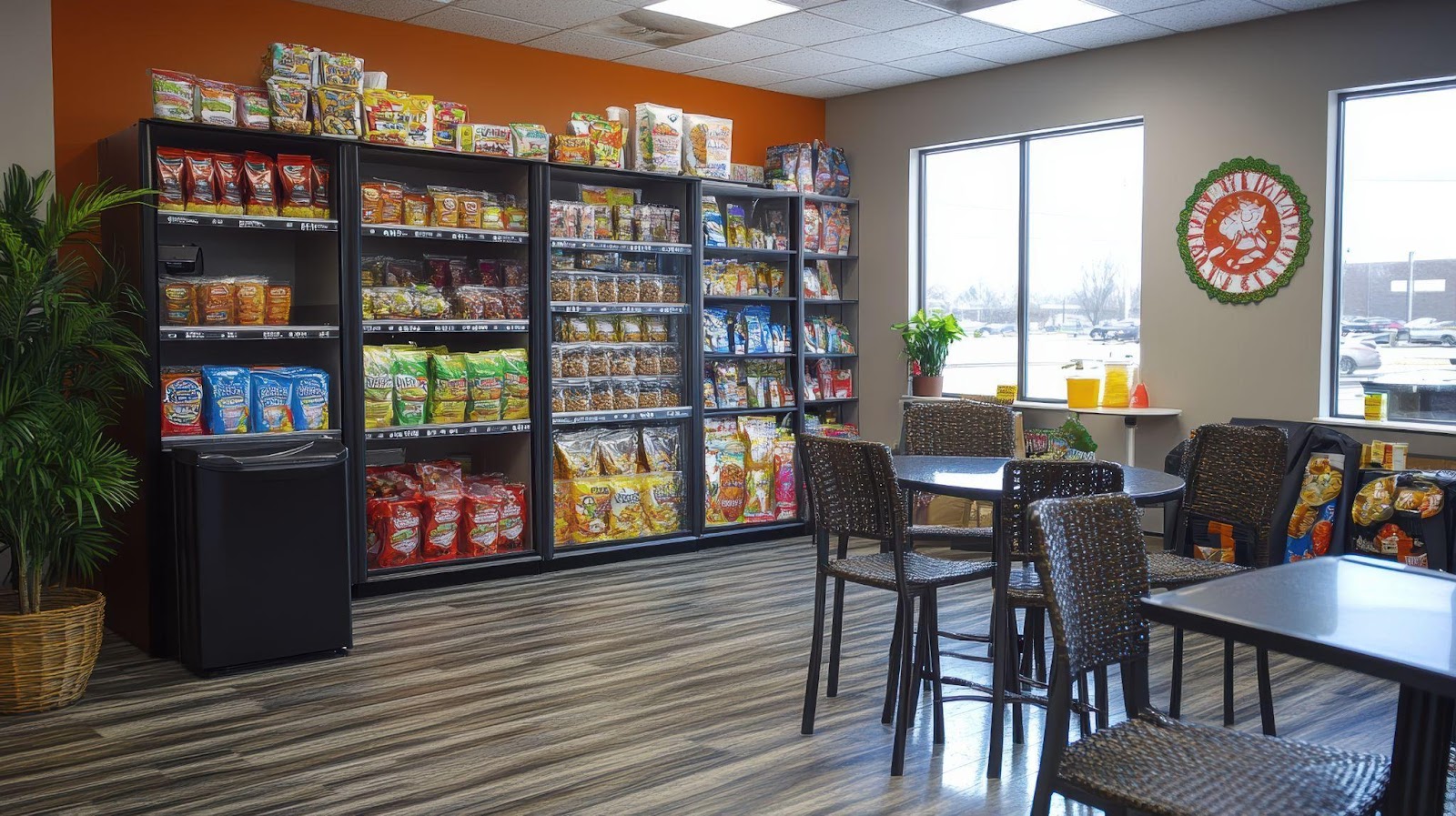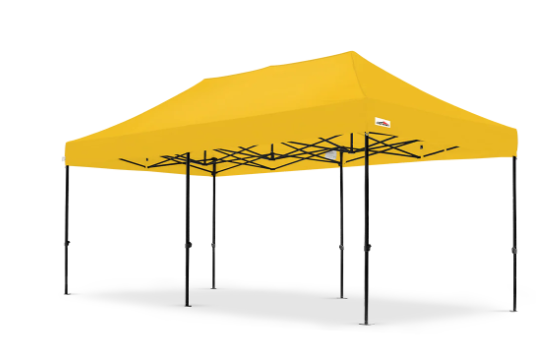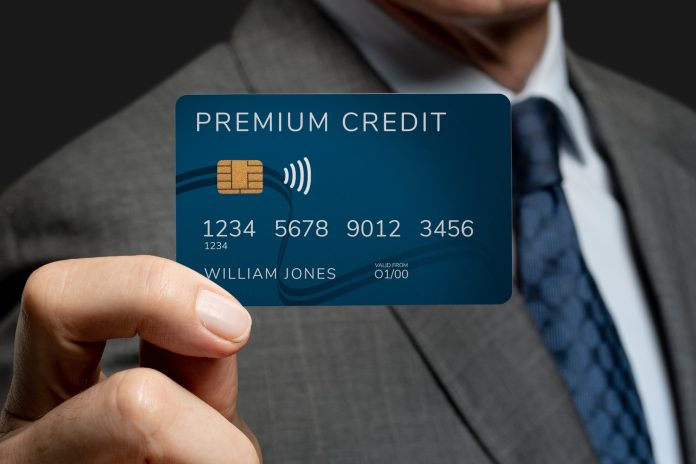
Cafeterias are significant facilities for meals in office buildings, hospitals, departmental stores, and educational institutions.
However, in the current times, technology-based convenience is everything. Gone are the days when customers only expected good food from cafeterias. You must embrace revolutionary technologies like autonomous checkout systems and improve store operations.
If you’re wondering how that happens, let us know here!
1. No Bottlenecks Means Frictionless Experience
Cafeterias with traditional payment systems often experience excess crowds and bottlenecks at the checkout section. This can be a huge issue, especially during peak hours when everyone is picking up their meals.
The long queues and slow service frustrate customers and delay their resumption of daily life (such as work, classes, or shopping). People on a limited-time break also spend less time relaxing and have to stand in tiresome queues.
However, cafeterias can end such frustration with a reliable autonomous checkout solution. The system, equipped with advanced computerized cameras, sophisticated sensors, and cutting-edge AI algorithms, offers customers a seamless experience without unnecessary delays.
Customers can pick any food item they like from the shelves and simply walk out, offering them a seamless experience. They’re billed directly on their account, eliminating the trouble of queuing and checking out manually.
2. Low Overhead Costs, Improved Labor Distribution
Autonomous checkout solutions eliminate the need for checkout counters and staff. By reducing the overall number of staff required, the business can save expenses and invest in improving other areas.
If any cafeteria already has checkout staff, they can reallocate them to other areas. They can assign them cleaning and restocking duties.
They can help customers find items. If special offers exist on a new combo meal or a more popular meal alternative, these staff can also share information with customers to help them make better purchases.
3. 24/7 Operations
A cafeteria that operates around the clock is a great advantage for workplaces, hospitals, and dorms. However, it is expensive, as businesses need to hire night-shift workers.
However, with autonomous checkout technology, cafeterias can stay open without human intervention. This offers great convenience for customers while boosting sales without additional expenses!
4. Minimal Human Error
Humans are bound to make mistakes. Cashiers may return the wrong change in cash transactions or bill the wrong price. This can lead to losses or customer disappointment.
But thanks to reliable autonomous checkout systems, billing is completely cashless and automated with 99% accuracy from the first day of operations.
5. Reduced Theft Losses
Retail theft led to $121.6 billion in losses in 2023, and this value is expected to exceed $150 billion in 2026.
Cafeterias can put an end to theft losses by implementing autonomous checkout systems. Such cafeterias can be accessed with select modes, such as QR codes, access cards, credit cards, or debit cards.
So, whenever a customer enters, the system loads their information. If they pick products and leave, the AI-powered system will register them and bill their account directly.
Thus, there is no chance of losing money because every product that leaves the cafeteria is detected!
6. Enhanced Inventory Management
Autonomous checkout systems can also be integrated with the existing inventory management system or made with built-in options. These can help track inventory levels effectively.
For instance, if certain food items are sold more often during particular seasons, the cafeteria can place bulk orders for them. This ensures the cafeteria never runs out of stock, and customers don’t return empty-handed.
Cafeterias can also personalize marketing efforts and tailor menus to attract more customers.
If customers rarely reach for certain food items, the cafeteria can order them in smaller lots or stop ordering them altogether. It can also offer flash discounts to clear existing stocks and encourage customers to impulse buy the food they wouldn’t usually consume.
This strategy can help reduce unnecessary food waste as well.
7. Improved Hygiene
Autonomous checkout systems reduce the need to spend a long time in stores, which reduces human contact. Since the payment system is automated, customers don’t need to exchange cash or swipe cards on public machines.
The system reduces direct contact in various ways and creates a more hygienic and safe environment, a priority in this post-pandemic world.
Conclusion
Autonomous checkout technology is scalable and perfect for small, big, and growing cafeterias. It’s also sustainable by offering digital receipts instead of paper ones. So, embrace this system in your cafeteria and enhance operations!
Write and Win: Participate in Creative writing Contest & International Essay Contest and win fabulous prizes.


